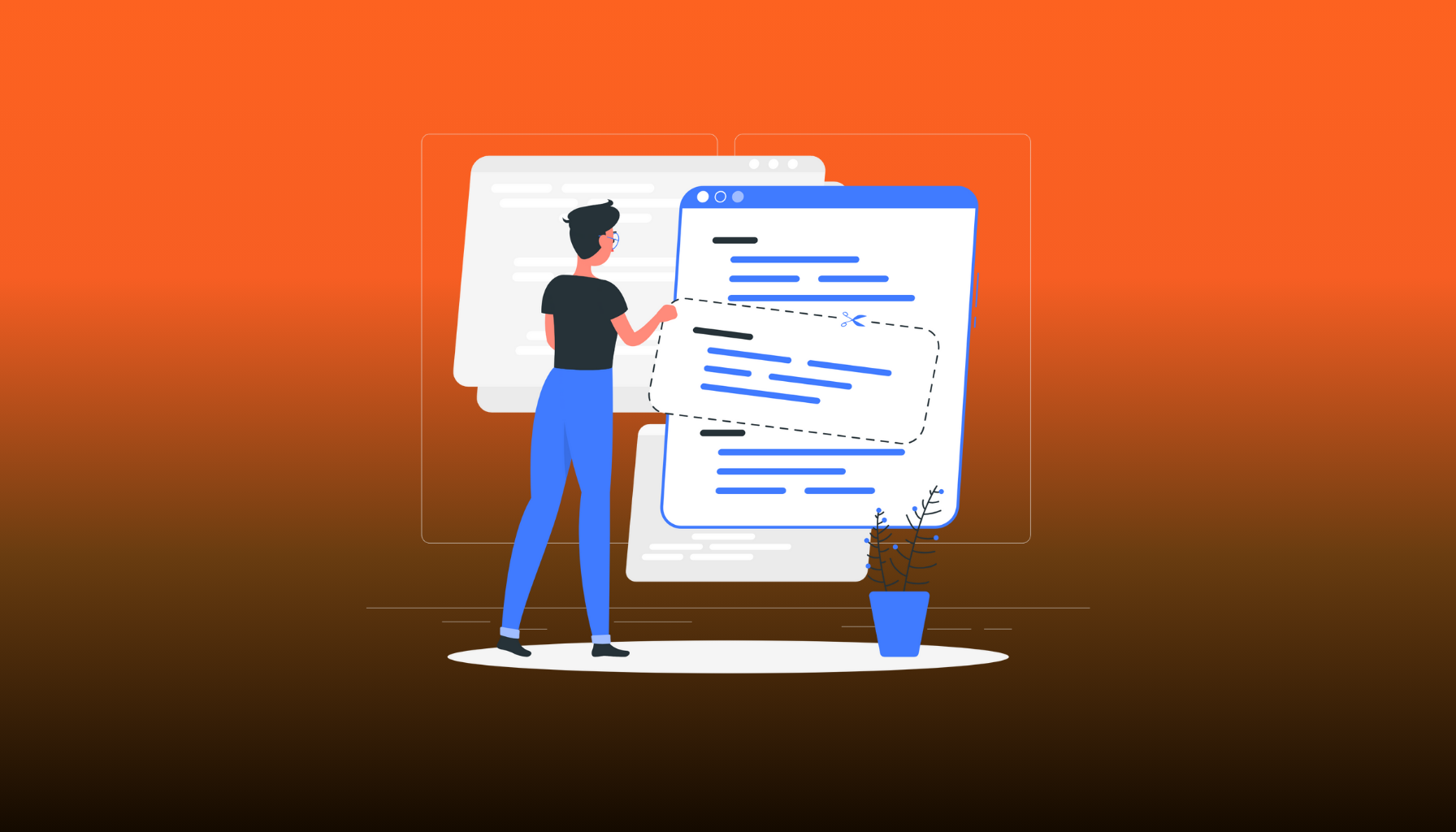Cold Email Subject Lines - Best Practices Guide

Cold emailing is still one of the most effective and practical ways of doing B2B communication in the modern aggressive business world. This guide will cover tips for the best cold email subject line creation that will motivate a customer to open an email.
Data shows the industry average for email opens is approximately 21 percent. 33% of it, however, with the subject line proved to be decisive in either opening of the mail or the other way round. The subject lines of cold email are creating the decisive step of passing through the noise, which is why it is the most important step of outreach. However given the fact that decision-makers inboxes contain hundreds of new emails daily, the prospects of getting their attention become much harder.

Top Priority to Create the Perfect Bespoke Cold Email Subject Lines for B2B
Short and Precise
B2B cold email subject lines for sales outreach must be concise, specifically, do not exceed thirty characters as per researchers. B2B recipients including the decision makers are very busy most times. A subject line that tells the receiver exactly why s/he needs to open the message is likely going to be opened. Ideas placed for desktops should be around 6 – 8 words or 50 characters because these areas tend to perform well on any device.
Examples:
- “Boost Your Sales by 30% in 30 Days”
- “Quick Question on Your Marketing Strategy”
- “Cutting Costs? Here’s a Simple Solution”
- “3 Tips to Improve Team Productivity”
- “Latest Trends in Your Industry You Should Know”
Personalized Touch
Personalized cold email subject lines for B2B always have better ROI. To be more specific it is not only about putting the name of the recipient of the given marketing message. It focused on personalizing the subject line depending on the business needs, challenges, or trends that may be close to the recipient. Adding this personal touch makes the email more relevant, which in turn causes more engagement.
Examples:
- “{First Name}, a solution to your {specific challenge}”
- “I noticed {company name} is growing—let’s talk opportunities”
- “Improving {specific metric} at {company name}”
- “{Recipient’s competitor} is doing this—why aren’t you?”
- “A strategy for {company name} to outpace competition”
Urgent
This can be helped by captioning the subject line with words that create a sense of urgency in a bid to quickly get a response. This means that urgency gets across the ‘fear of missing out’ (FOMO) of the targeted recipient who would then feel compelled to open the email in case they stand to lose something.
Examples:
- “Limited-time offer—act now to save”
- “Last chance to secure your spot at {event}”
- “Ending soon: Exclusive deal for {company name}”
- “Your competitors are already using this—are you?”
- “Urgent: Address this issue before it escalates”
Strategies to Stay Away from Some of the Best B2B Cold Email Subject Lines
Do not Use Popular Cold Email Subject Lines
Mainstream subject lines are saturated with low read rates because they are too frequent and users ignore them most of the time. Terms like ‘calling to say hello,’ or ‘calling to see how you’re doing’ have become almost meaningless today. Rather, the message should be as unique as possible but not become outlandish that it is getting brushed aside by the recipient.
Don’t Use Clickbait
Although using provocative topics to get clicks can boost the open rates in the short term, when the content does not fit the promise of the title, trust and reliability are at risk. Recipients of B2B communication expect to be treated with a certain level of reality, therefore, your subject lines need to be realistic and engaging at the same time.
What About Follow-Ups? Is it necessary to write them each a new subject line?
Of course, follow-ups should have different subject lines from the initial message. A different subject of the follow-up email is unique and gives the recipient another chance to see the email’s subject line. It is also useful to refer to the previous emails sent to the recipient to refresh the reader’s memory though without aggressiveness.
Examples:
- “Following up on my previous email”
- “Did you get a chance to review my proposal?”
- “Still interested in {product/service}?”
- “Our offer still stands, {First Name}”
- “Your thoughts on our last conversation?”
Case Studies
For instance, a B2B SaaS firm that attempted to enhance its email open rates moved from using general subject lines to utilizing personalized subject lines that are based on urgency saw an improvement of 40 percent.
Let’s say a marketing firm worked a 50 percent improvement in response rates out of being brief and highlighting offered value while including the reader’s industry in their subject line.
Conclusion
The B2B spectrum is incredibly competitive, and the subject lines of the cold emails may well be the icing that sinks the cake. Thus, by using short subject lines, addressing each recipient individually, and applying the feeling of timely delivery, it is possible to improve the conversion rates with potential clients, greatly leaving the flaws of mainstream and clickbait subject lines behind.
Just a reminder on follow-up mailers, they must have new subjects to keep the communication active and interesting. Here’s how your cold emails can cut through the clutter and gain better open rates and more responses from decision-makers, thus improving the possibility of you getting the business.
